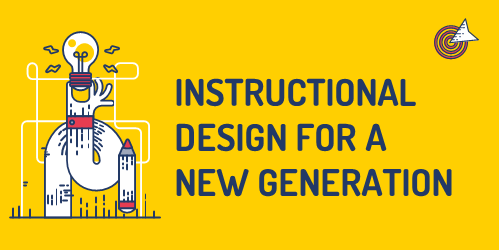One important practice of instructional design in Nepal is the use of student-centered teaching approaches. This involves creating learning experiences that are tailored to the needs and interests of the learners. Student-centered approaches emphasize active learning, collaboration, and problem-solving, rather than passive listening and memorization (Devkota, 2017). For example, teachers may use group work, case studies, and simulations to engage students in the learning process.
Another important practice of instructional design in Nepal is the use of local language and culture in teaching. In Nepal, there are over 100 different ethnic and linguistic groups, each with its own unique cultural traditions and languages (UNESCO, 2014). To ensure that all learners can access and benefit from education, it is important for instructional designers to incorporate local language and culture into their teaching materials. This can include using local examples, stories, and traditions to make the learning experience more relevant and engaging for students (Koirala, 2018).
The use of technology is also becoming increasingly important in instructional design in Nepal. With the growing availability of technology and internet access, educators are using digital tools and platforms to enhance the learning experience. For example, teachers may use online videos, simulations, and gamification to make the learning experience more interactive and engaging for students (Pandey, 2019).
In conclusion, instructional design practices in Nepal emphasize student-centered teaching approaches, the use of local language and culture, and the integration of technology into the learning experience. By tailoring the learning experience to the needs and interests of the learners, incorporating local language and culture, and leveraging technology, educators can create more effective and engaging learning experiences for students in Nepal.
References:
Devkota, R. (2017). Student-centered teaching in Nepal: Challenges and opportunities. Journal of NELTA, 22(1-2), 75-85.
Koirala, S. (2018). The use of local culture and language in the EFL classroom: A case study of Nepal. Journal of NELTA, 23(1-2), 36-44.
Pandey, S. (2019). Digital education in Nepal: Challenges and opportunities. Journal of NELTA, 24(1), 85-94.
UNESCO. (2014). Languages and cultures in Nepal: UNESCO country programming document for Nepal 2013-2017. Retrieved from http://www.unesco.org/new/fileadmin/MULTIMEDIA/FIELD/Kathmandu/pdf/Languages_and_Cultures_in_Nepal.pdf.

Comments
Post a Comment